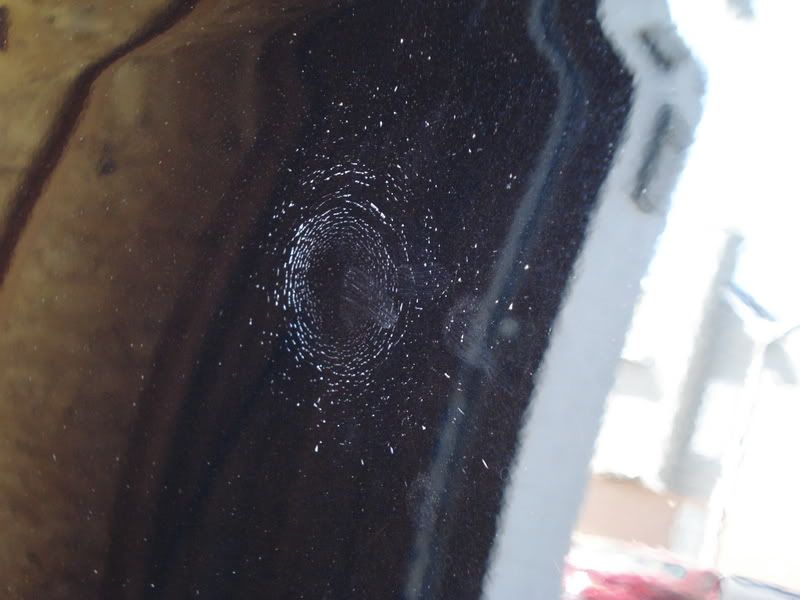nikro000
Member
No, I am not kidding. This is a serious question. I come from a time when you washed a car and then waxed it. Period. Now I have read that several forum users use a "sealant"  . What is it, when do you apply it in the wash -wax cycle, what are the benefits, what are some good brands for a yellow clearcoat car, any cons in using a sealant????
. What is it, when do you apply it in the wash -wax cycle, what are the benefits, what are some good brands for a yellow clearcoat car, any cons in using a sealant????
Thanks
Thanks

